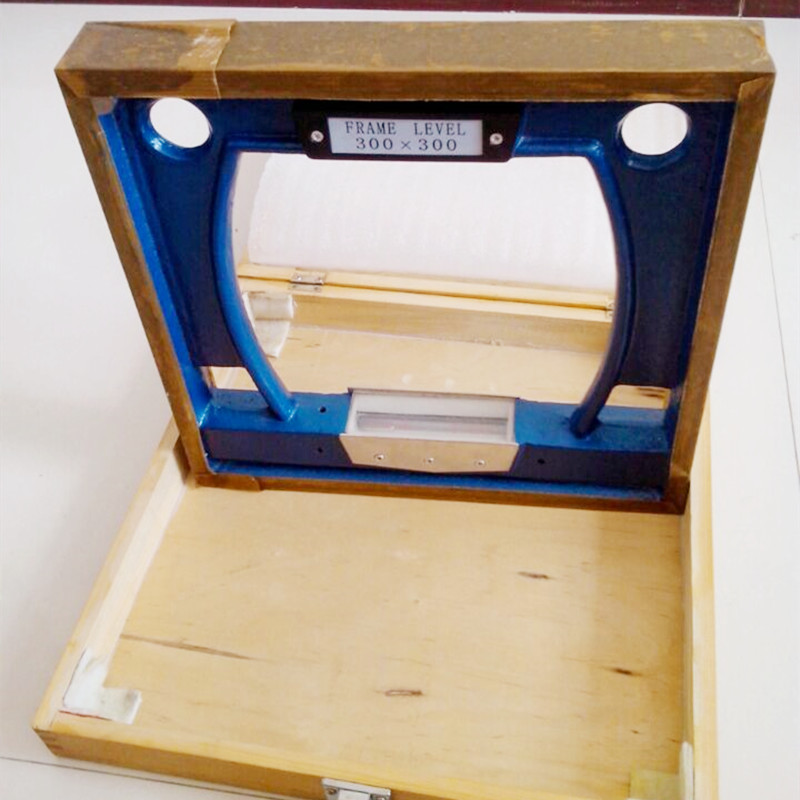Lie . 30, 2024 16:14 Back to list
Exploring the Versatility and Benefits of Pad Iron in Various Applications and Industries
Understanding Pad Iron A Versatile Tool in Construction and Engineering
Pad iron, an essential component in the realm of construction and engineering, has played a significant role in various applications due to its durability, strength, and versatility. Often crafted from high-quality steel, pad iron serves as a foundational element designed to withstand significant loads and stresses. This article will explore the properties, uses, and importance of pad iron in modern construction practices.
What is Pad Iron?
Pad iron, also known as pad plates or bearing plates, typically refers to flat pieces of metal that are used to distribute loads from one component to another. These plates are often rectangular or square in shape and vary in thickness depending on the specific requirements of a project. The primary purpose of pad iron is to provide support, prevent wear, and minimize the point of contact stress between structural members, such as beams, columns, and foundations.
Properties of Pad Iron
One of the standout features of pad iron is its ability to bear heavy loads. Made from robust materials like mild steel or high-strength alloys, it ensures the longevity and stability of structures. The thickness of pad iron can be tailored to specific engineering demands, which allows for flexibility in design. Furthermore, pad iron can be treated with protective coatings to enhance corrosion resistance, making it suitable for both indoor and outdoor applications.
Applications in Construction
Pad iron finds its application in a variety of construction scenarios. One of the most common uses is in the installation of structural steel members. By placing pad iron under beams or columns, builders can distribute the weight across a larger surface area, reducing pressure on the underlying material, whether it be concrete or soil. This redistribution of weight is crucial in preventing structural failure or deformation over time.
pad iron

Another notable application is in the mounting of machinery and equipment. In industrial settings, pad iron can provide a stable base for heavy machinery, ensuring that vibrations and movement do not lead to excessive wear or structural damage. It also assists in leveling equipment, which is vital for ensuring optimal operation and safety.
In addition, pad iron is often utilized in bridge construction, where it serves as a connection point between various structural elements. By providing a flat surface that can absorb dynamic loads from traffic and environmental factors, pad iron contributes to the overall integrity and longevity of the bridge.
Importance of Pad Iron
The importance of pad iron extends beyond its immediate applications; it is also a vital component of safe engineering practices. The proper use of pad iron can significantly enhance the reliability and safety of construction projects. Incorrectly distributed loads can lead to structural weaknesses, which may result in catastrophic failures. Thus, employing pad iron appropriately is essential for ensuring compliance with safety standards and regulations.
Moreover, with the ongoing advancements in technology and materials science, pad iron continues to evolve. Innovations in manufacturing techniques and materials allow for the production of lighter, stronger, and more durable pad iron, which can further enhance its performance in various applications.
Conclusion
In summary, pad iron is a versatile and crucial element in construction and engineering. Its ability to support and distribute loads effectively makes it indispensable in many structural applications. As the construction industry continues to innovate and adapt to new challenges, the role of pad iron will likely remain significant, underscoring its value in creating safe and resilient structures. Understanding and utilizing pad iron correctly will ensure the stability and longevity of construction projects, ultimately contributing to safer built environments for everyone.
-
thread-plug-gauge-our-promise-of-measurement-excellenceNewsAug.22,2025
-
gauge-pin-class-reflecting-quality-legacyNewsAug.22,2025
-
check-valve-types-for-high-rise-buildingsNewsAug.22,2025
-
water-control-valve-for-irrigation-systemsNewsAug.22,2025
-
gate-valve-with-soft-seal-technologyNewsAug.22,2025
-
y-type-strainer-for-oil-and-gas-applicationsNewsAug.22,2025
Related PRODUCTS









